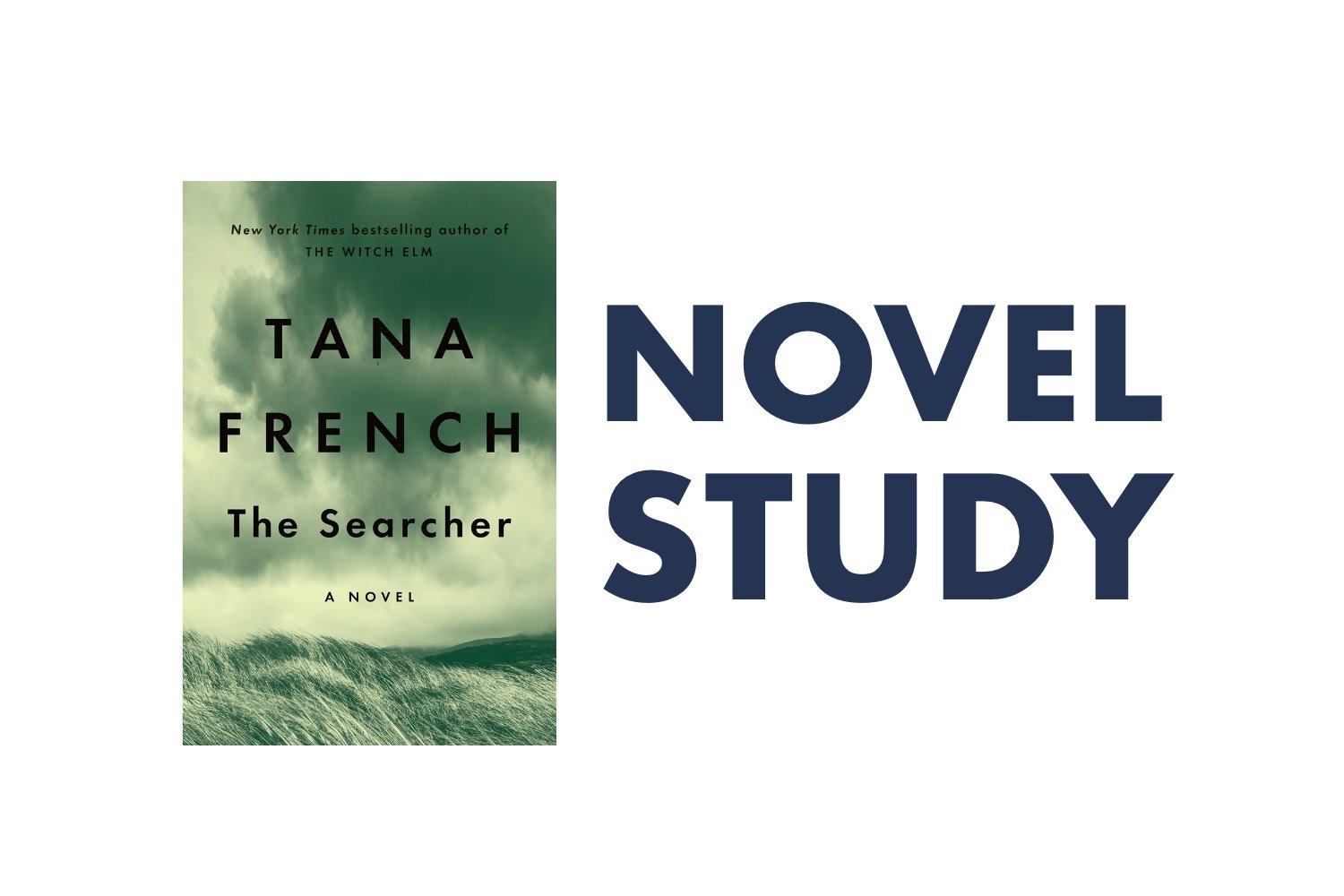What makes a historical novel historical?
Learn how Maggie O'Farrell gets maximum value from historical details in her novel The Marriage Portrait.
How do you weave world-building details into a scene?
Learn how to seamlessly weave necessary setting information into a scene readers want to experience in this analysis of Rebecca Roanhorse's Black Sun.
How do you lure readers into an epic fantasy world?
See how Rebecca Roanhorse uses suspense to make readers desperate to know more about the fantasy world she builds in Black Sun.
How do you establish setting in historical fiction?
Learn the techniques Lauren Groff uses to introduce readers to a distant historical setting in Matrix.
How do you get maximum value from setting and description?
Examples from Tana French's The Searcher show how to give your descriptions additional meaning and resonance.
How do you open a mystery novel?
See how Tana French uses sentence style, summary, and suspense to pull readers into the first chapter of The Searcher.
How do openings pull us in?
In the opening of The Dutch House, Ann Patchett strategically opens story questions, provides layers of narration, and makes setting details do double duty to draw in readers.
Craft in the Real World, by Matthew Salesses
Salesses investigates why and how writing craft rules work, and gives concrete suggestions for how we might think about them differently.
Talking head avoidance device: Persuasion chapter 20
Austen shows us what a difference the perfect setting can make.
The Last Draft, by Sandra Scofield
Sandra Scofield’s guide to revising your novel will teach you how to analyze your draft and improve it with detailed craft advice.
Writing the Breakout Novel, by Donald Maass
Donald Maass offers specific examples of what sets breakout novels apart from others.










